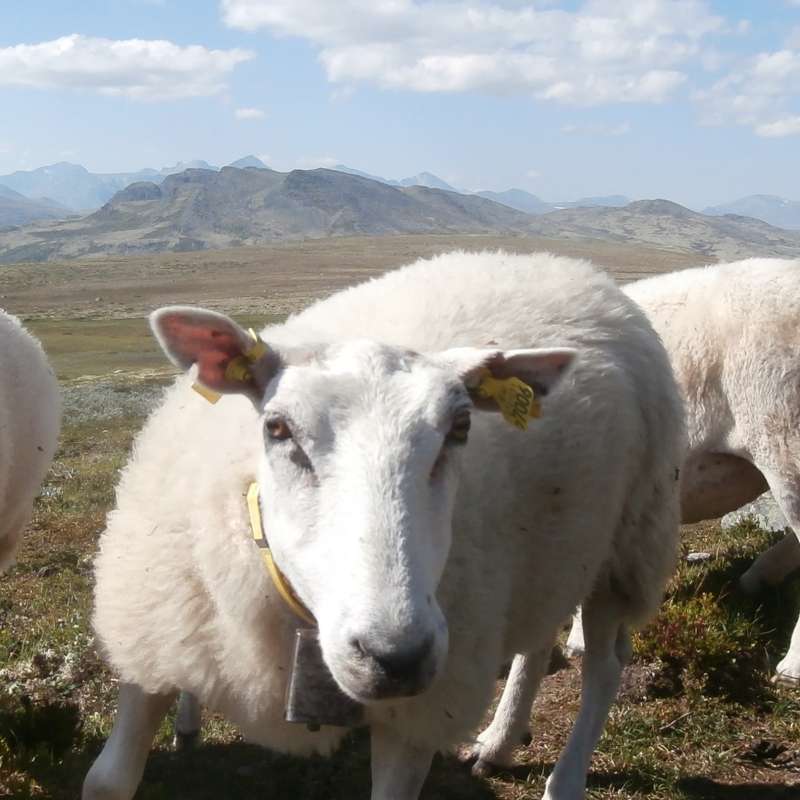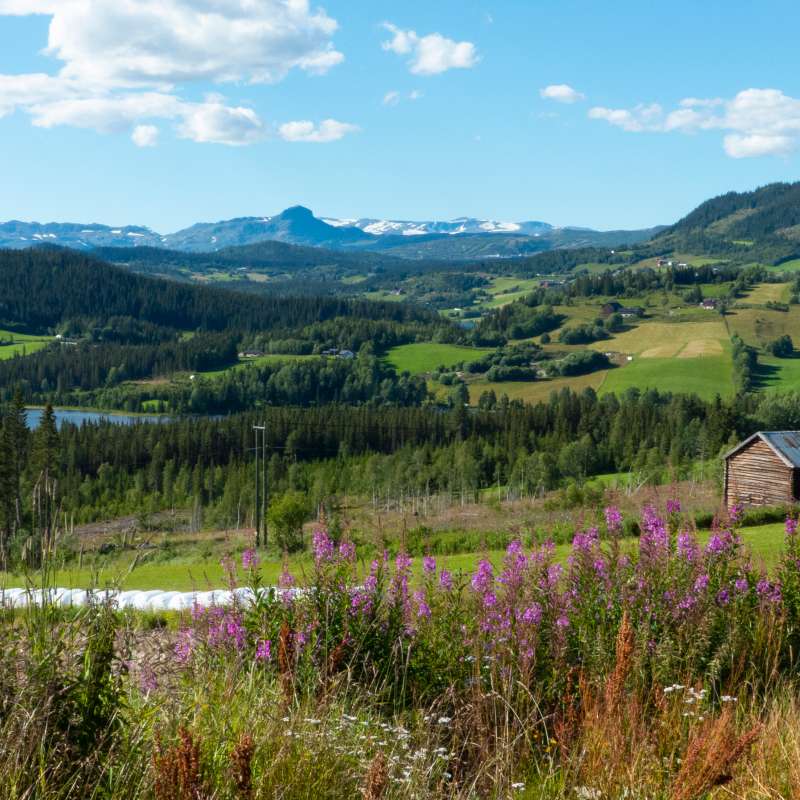Wendy Fjellstad
Forsker
(+47) 974 81 279
wendy.fjellstad@nibio.no
Sted
Ås - Bygg O43
Besøksadresse
Oluf Thesens vei 43, 1433 Ås (Varelevering: Elizabeth Stephansens vei 21)
Biografi
Sammendrag
Det er ikke registrert sammendrag
Forfattere
Philippe Jeanneret Gisela Lüscher Manuel K. Schneider Philippe Pointereau Michaela Arndorfer Debra Bailey Katalin Balázs András Báldi Jean-Philippe Choisis Peter Dennis Mario Díaz Sebastian Eiter Zoltán Elek Wendy Fjellstad Thomas Frank Jürgen Kurt Friedel Ilse R. Geijzendorffer Pippa Gillingham Tiziano Gomiero Gergely Jerkovich Rob H. G. Jongman Max Kainz Anikó Kovács-Hostyánszki Gerardo Moreno Juri Nascimbene Marie-Louise Oschatz Maurizio Guido Paoletti Jean-Pierre Sarthou Norman Siebrecht Daniele Sommaggio Sebastian Wolfrum Felix HerzogSammendrag
Det er ikke registrert sammendrag
Sammendrag
Det er ikke registrert sammendrag
Forfattere
Wenche Dramstad Wendy Fjellstad Geir-Harald Strand Henrik Forsberg Mathiesen Gunnar Engan Jogeir N. StoklandSammendrag
Det er ikke registrert sammendrag
Sammendrag
Det er ikke registrert sammendrag
Forfattere
Christian Levers Marcel Schwieder Petra Dieker Stefan Erasmi Roberto Azofeifa Rodríguez Ulrike Bayr Ana Julieta Calvo Obando Wendy Fjellstad Satsuki Furubayashi Janne Heliölä Felix Herzog Terho Hyvönen Linda Ieviņa Pēteris Lakovskis Eliane Meier Hannu Ojanen Timo Pitkänen Walfrido Moraes TomasSammendrag
This paper outlines the rationale for, and the current state of, mapping habitat diversity. It provides an overview of progress in assessing and monitoring farmland habitat biodiversity at the national level, in line with the proposed OECD Farmland Habitat Biodiversity Indicator (FHBI). The paper describes pilot studies by eight countries, summarising the approaches to mapping habitats, assessing habitat quality, and implementing the FHBI at the national level. Drawing from the experience of the FHBI pilot countries, this paper offers general guidelines for defining habitats and assigning biodiversity values of habitats for calculation of the FHBI. It provides guidance on selecting the appropriate tier level for data acquisition, processing, and reporting, and summarises strengths, weaknesses and opportunities of the current FHBI structure used in the pilot studies.
Sammendrag
Det er ikke registrert sammendrag
Sammendrag
Urban agriculture is often considered a tool to increase the economic, social and environmental sustainability of cities and city food systems. However, sustainability is difficult to measure, resulting in debate about how sustainable urban agriculture truly is. There is therefore a lack of incentive to promote urban agriculture or protect existing initiatives that are threatened by development pressure on urban land. Monitoring the sustainability impact of urban agriculture could provide evidence and enable politicians and decision makers to make informed decisions about whether and where to prioritise different forms of urban agriculture above competing interests. We used case examples from five European cities to identify the challenges involved in monitoring urban agriculture, from selecting indicators and gathering data, to using the results. We found large differences in approach in terms of what topics to monitor and who was responsible, who gathered the data and when, what data was recorded and how they were stored, and how findings were disseminated or published. Based on these experiences, we recommend stronger involvement of existing interest groups and educational institutions in monitoring urban agriculture, and promotion of convenient tools for data collection by citizen science and for long-term data storage.


